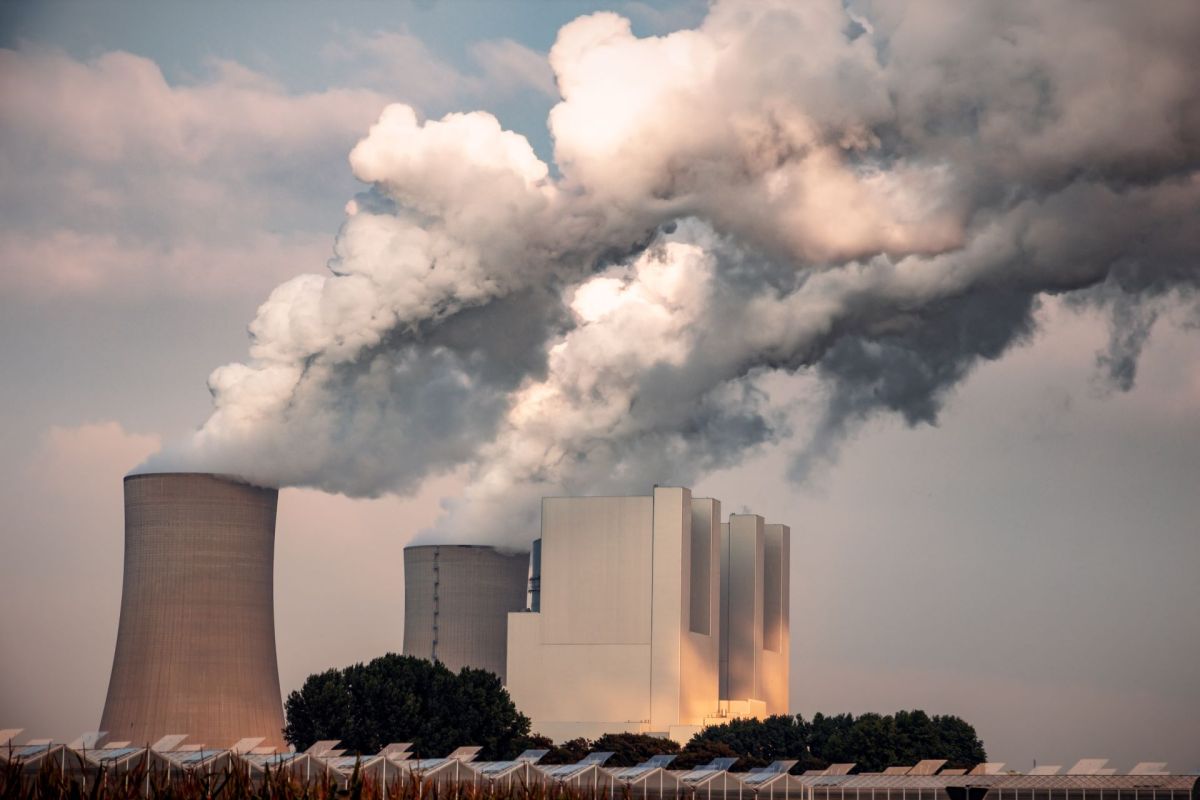A 2022 report by the U.S. Department of Energy shows that 80% of the country's retired or active coal plants are suitable to host advanced nuclear reactors.
The team identified 157 retired coal plant sites and 237 operating coal plant sites that can undergo a coal-to-nuclear transition. This could lead to many new employment opportunities, increased economic benefits, and a significant improvement in local environmental conditions.
🗣️ Would you be comfortable having a nuclear power plant in your town?
👍 YES
👎 NO
Click a voting option to see results 🗳️
Nuclear energy is set to play a critical role in meeting President Biden's goals to achieve a clean grid by 2035 and reach net-zero carbon emissions by 2050. To pull that off, the DOE estimates that the country will need around 200 gigawatts of new nuclear power.
As of 2022, there were 92 nuclear power reactors in the U.S., most of which are on the East Coast or in the Midwest. And in 2021, nuclear power accounted for roughly 19% of energy produced in the U.S.
"Advanced nuclear will become an increasingly important source of safe, reliable, and flexible baseload power as the nation decarbonizes its energy systems," Jigar Shah, director of the Loan Programs Office at the U.S. Department of Energy, shared in a LinkedIn post.
"Advanced nuclear, along with other firm and flexible energy sources, will help ensure there is reliable and affordable energy on a modern, decarbonized grid," he added.
Some critics question the use of nuclear energy to solve climate problems, partially due to costs, risks, and radioactive wastes. Meanwhile, the Nuclear Energy Institute claims that advanced nuclear reactors "will offer a variety of benefits such as water desalination, process heat and alternative fuels generation, and access to power beyond the grid." It adds, "Advanced reactors represent the cutting edge in nuclear technology: many are inherently safer by design."
The 2022 report found that a coal-to-nuclear transition could reduce carbon pollution in nearby areas by 86%, which, according to the DOE, is "equivalent to taking more than 500,000 gasoline-powered passenger vehicles off the roads."
"This is an important opportunity to help communities around the country preserve jobs, increase tax revenue, and improve air quality," Assistant Secretary for Nuclear Energy Dr. Kathryn Huff said in a press release shared by the DOE. "As we move to a clean energy future, we need to deliver place-based solutions and ensure an equitable energy transition that does not leave communities behind."
Join our free newsletter for cool news and actionable info that makes it easy to help yourself while helping the planet.









